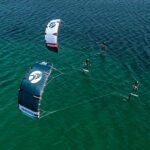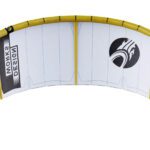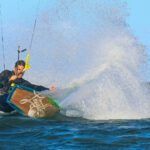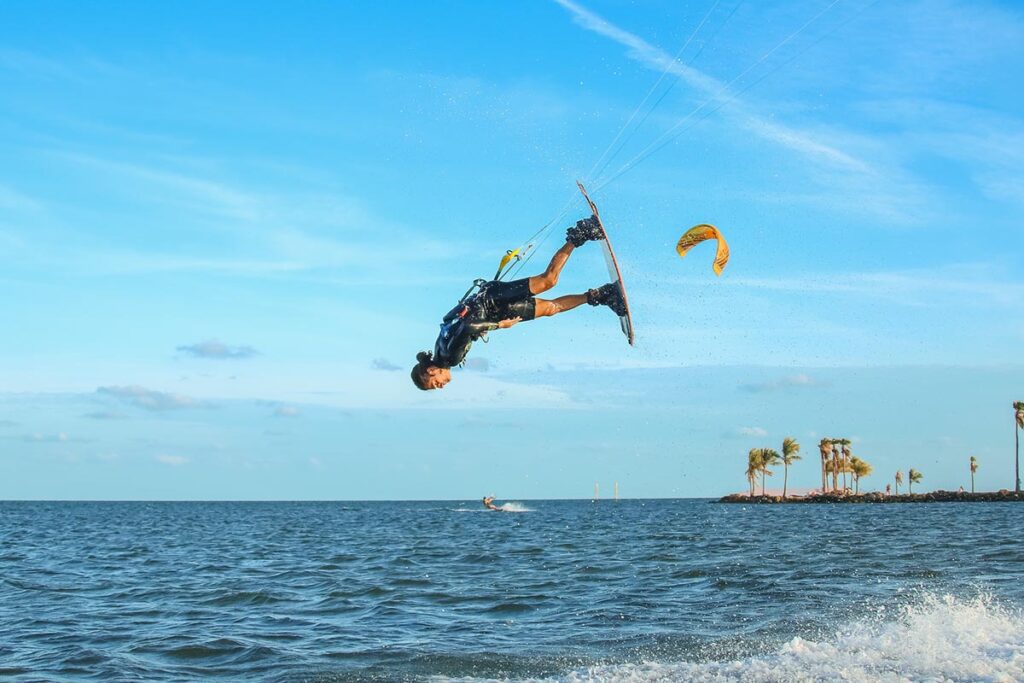
Save Time and Money in your Kitesurfing Lessons
The exhilarating sport of kitesurfing combines the thrill of riding waves with the power of a kite. If you’re eager to learn this exciting water sport, following a systematic approach is crucial. Understanding and practicing each step can save valuable time and money while ensuring a safe and enjoyable kitesurfing experience. Let’s explore the essential stages of learning to kitesurf.
Watch Instructional Videos
As a beginner, watching instructional videos on platforms like YouTube is highly recommended. These videos offer valuable insights into kitesurfing techniques and classes. Remember to take it one step at a time, even if it initially seems challenging. Believe in the remarkable capacity of the human mind to learn and adapt. Many individuals who couldn’t ride a bicycle in the past are now accomplished kitesurfers.
Familiarize Yourself with Precautionary Measures
Prioritize safety by acquiring knowledge of the preventive measures associated with kitesurfing. Begin your kitesurfing journey with an International Kiteboarding Organization (IKO) certified instructor. They will guide you through essential safety protocols, such as activating and deactivating the kite and using the second security system. Understanding these measures is crucial for a safe and successful kitesurfing experience.
Master Kite Control
The behavior of your kite largely depends on how you handle it. Any sudden movements of the control bar will be reflected in the kite’s response. Hence, developing precise control and maintaining composure while holding the kite is vital. A calm and controlled approach will help avoid unwanted and potentially dangerous situations.
Learn Landing Techniques
It is essential to master the landing and takeoff of the kite. Your instructor will guide you through these techniques, which, with patience and attentiveness, can be learned in just a few minutes. Pay close attention to your instructor’s guidance during these lessons. Properly executing landing techniques ensures a smooth transition during your kitesurfing sessions.
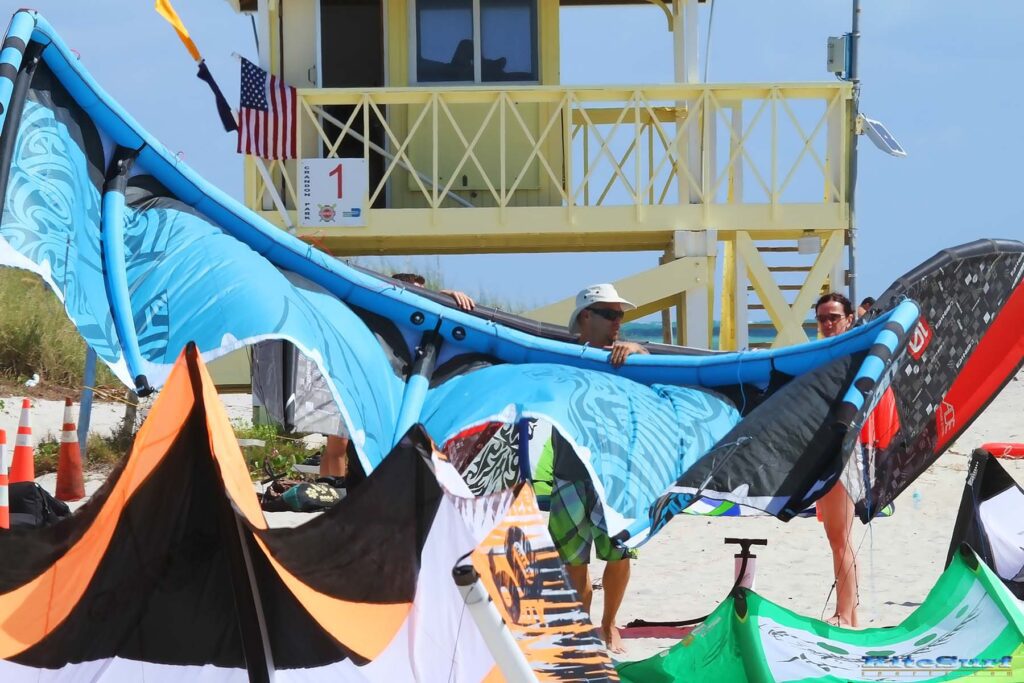
Body Dragging
Body dragging is an exciting step that allows you to experience the thrill of gliding through the water with the assistance of the kite. This stage is essential for multiple reasons, including enhancing your kite control skills and understanding wind dynamics. Body dragging will also help you build confidence and familiarity with the kite’s power.
Board Skills: Standing Up and Riding
To quickly learn how to stand on the board, attach the leash to your harness and position it at a 45-degree angle relative to your body. The tension from the kite will support your body weight as you gradually lower yourself onto the board. Start by reducing yourself to about 32 degrees for a few minutes. This exercise, known as “muscle memory” development, teaches you that the harness, not the control bar, pulls you out of the water. It also emphasizes maintaining your center of gravity at your waist.
Mastering Transitions
Watching transition videos can greatly assist you in mastering this stage of kitesurfing. Transitions involve synchronizing the movements of the board, control bar, shoulders, and kite. With practice, you’ll discover that transitioning from one direction to another becomes increasingly effortless. Developing smooth transitions adds fluidity to your kitesurfing maneuvers.
Self-Rescue Techniques
Self-rescue is a vital skill that every kitesurfer should possess. This technique enables you to handle challenging situations independently. Self-rescue involves safely deactivating the kite, retrieving your lines, and using the kite as a sail to navigate yourself to a specific destination. Mastering this skill ensures your ability to handle unforeseen circumstances effectively.
Conclusion:
In conclusion, learning to kitesurf requires a systematic approach that prioritizes safety, skill development, and gradual progression. Following the recommended steps can maximize your learning potential and minimize risks, ultimately saving time and money.
Starting with instructional videos and seeking guidance from certified instructors ensures a solid foundation and understanding of the sport. Preventive measures, such as activating and deactivating the kite, are essential for a safe kitesurfing experience.
Mastering kite control is crucial, as the kite’s behavior directly responds to your movements. Additionally, learning proper landing techniques and body dragging allows you to develop confidence and familiarity with the kite’s power in the water.
Standing up on the board requires understanding the role of the harness and maintaining your center of gravity. Transitioning smoothly between directions adds fluidity to your kitesurfing maneuvers, making them more enjoyable and efficient.
Lastly, mastering self-rescue techniques empowers you to handle challenging situations independently, ensuring safety and peace of mind.
By diligently following these steps, you can progress steadily and confidently in kitesurfing. Patience, practice, and safety should always be your top priorities. Dedication and perseverance will unlock the exhilarating and rewarding experience of kitesurfing while saving valuable time and resources along the way.
Author
Latest entries
 WatersportsOctober 20, 2024Chasing the Wind: Pushing Limits with the Cabrinha Moto X 12 Meters
WatersportsOctober 20, 2024Chasing the Wind: Pushing Limits with the Cabrinha Moto X 12 Meters WatersportsSeptember 16, 2024Cabrinha Moto X: Enjoy the Ride
WatersportsSeptember 16, 2024Cabrinha Moto X: Enjoy the Ride WatersportsMay 19, 2024Cabrinha 2024 Moto XL Review: The Ultimate Lightwind Kite
WatersportsMay 19, 2024Cabrinha 2024 Moto XL Review: The Ultimate Lightwind Kite WatersportsDecember 16, 2023Kiteboarding Travel
WatersportsDecember 16, 2023Kiteboarding Travel

